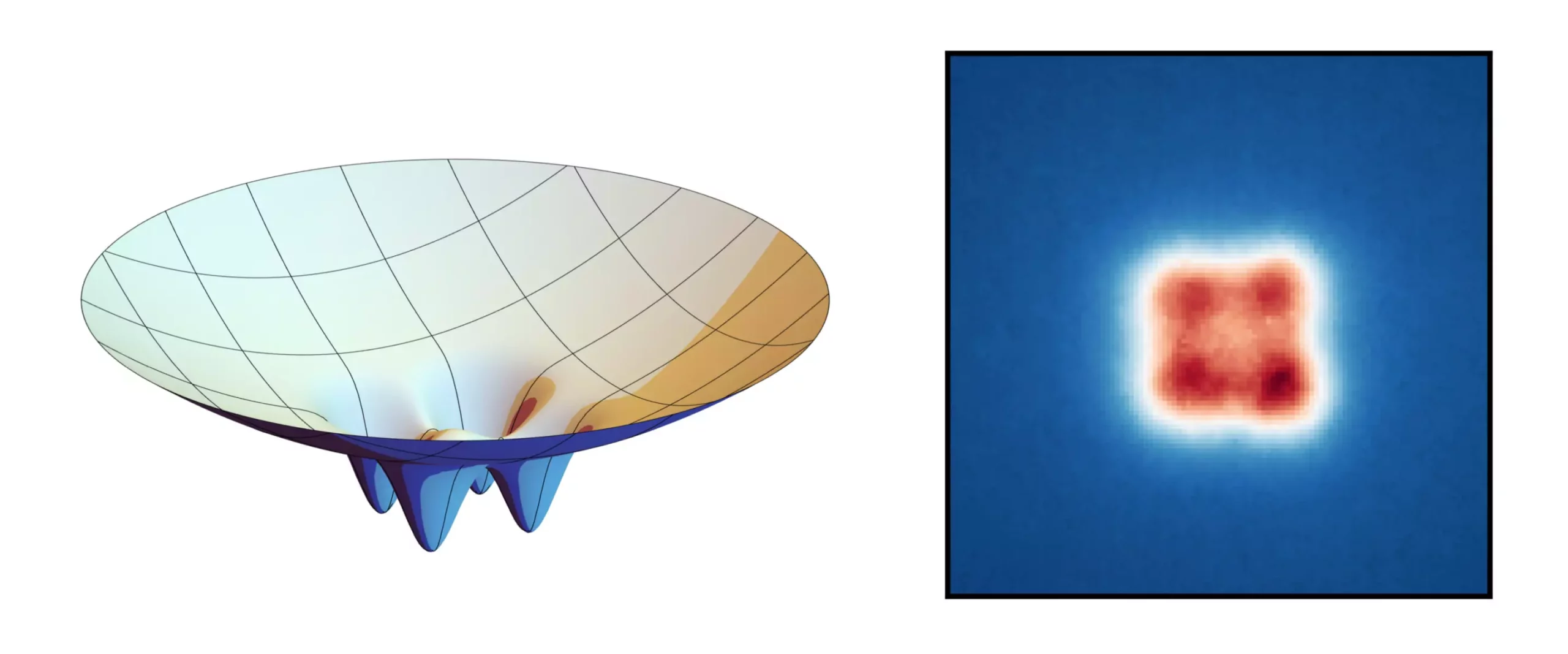The realm of quantum physics continually challenges our understanding of the natural world, and at its forefront is the captivating phenomenon known as the Bose-Einstein condensate (BEC). This state of matter occurs under extreme conditions, specifically when a multitude of bosons—particles that follow Bose-Einstein statistics—are cooled to near absolute zero. In this ultra-cold environment, the particles lose their individual identities, merging to behave as a singular entity referred to as a “super photon.” Researchers have long been fascinated by this phenomenon, but recent advances have opened exciting new avenues for exploiting its properties, particularly in the field of quantum communication.
A groundbreaking study from the University of Bonn has unveiled remarkable techniques to manipulate BECs in a way that enhances their usability for information transmission. Utilizing “tiny nano molds,” the researchers were able to imprint specific patterns onto these condensates, leading to predictable configurations, such as four points of light arranged in a square lattice. This is not just a theoretical exploration; the implications of controllable BECs could lead to robust and secure systems for information exchange, circumventing current vulnerabilities.
The process itself involves exciting dye molecules within a container lined with reflective surfaces. As lasers stimulate these molecules, they emit photons that bounce back and forth, gradually cooling down as they interact with the dye until they achieve the state of BEC. However, what sets this research apart is the addition of strategic imperfections—tiny indentations on the reflective walls—that allow light to accumulate and form designated patterns. This manipulation resembles pushing a mold into sand: when removed, it leaves a clear imprint of the original shape.
One of the most intriguing aspects of manipulating BECs lies in their capacity for quantum entanglement. Entangled particles share a correlation that ensures a change in one will instigate a corresponding change in another, regardless of the distance between them. This correlational quality is crucial for developing systems that can securely transmit information. In practical terms, a configuration of BECs organized into four points allows for unprecedented levels of interconnectedness between these points, reinforcing the idea of “tap-proof” communication channels.
Furthermore, the potential to create even larger arrangements—extending to dozens or more lattice points—promises to enhance the security of collaborative communications among multiple participants, allowing for complex quantum networking. The prospect of entangled photons facilitating secure dialogue during high-stakes negotiations or sensitive transactions is enticing for both theoretical physicists and practical technologists alike.
While the foundational research presented by the University of Bonn may initially seem academic, its implications stretch far into the future of communication technologies. The ability to tailor BECs to specific applications could pave the way for novel quantum communication systems designed to prevent eavesdropping and unauthorized access. Such advances could revolutionize industries reliant on secure communications, including finance, national security, and information technology.
Moreover, as researchers continue to delve into the properties of BECs and refine their manipulation techniques, the potential applications only seem to multiply. Future advancements may lead to the development of quantum computers that leverage these unique light structures to outpace classical computing through increased processing speeds and higher security measures.
The exploration of Bose-Einstein condensates and their controllable configurations marks a significant leap forward in the field of quantum physics. Researchers are not merely observing the potential of these phenomena; they are actively shaping them to create technologies that could redefine communication security. As we stand on the brink of this new frontier, it is essential to recognize the profound implications of their work—not only for the scientific community but also for society at large. The journey into manipulating light at the quantum level is just beginning, and the future it promises is likely to be as illuminating as the light particles themselves.


Leave a Reply